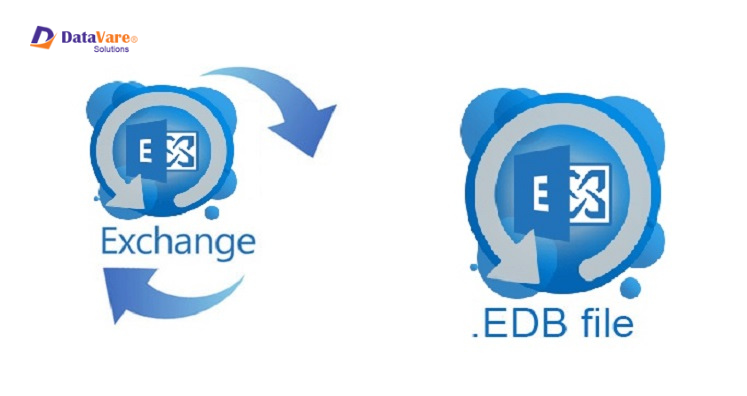Microsoft offers EseUtil Tool to recover EDB file of Exchange Server. Microsoft Exchange platform brings various Outlook application accounts at a single location. EDB file is utilized in Exchange Server to save all mailbox data. But when there is corruption in EDB file, users may lose their data.
In case you face corruption in Exchange Server, EseUtil tool can be used to recover Exchange EDB file. Through this guide, we provide complete process to recover Exchange Server database using EseUtil. Simply follow the instructions and to repair your EDB files.
Process for EDB File Recovery using EseUtil
This method has five steps, you need to check below:
Step 1. Check Exchange Database Consistency
First, let us check the database consistency. For this open EseUtil utility.
Then, you will get two outputs. Either you find database in clean database shutdown state or in dirty database shutdown state. In case of clean database shutdown state, transfer all transaction log files from folder and then mount the stores.
In case database is in dirty shutdown state, go for next one.
Step 2. Check Logs Status
In case of Dirty shutdown state, check for the log files presence by using this command:
eseutil/ml
This displays log files are healthy or not.
Step 3. Perform desired recovery – hard or soft
If the log files are healthy, go for Soft Recovery with this command:
eseutil/r /l “log files path location” /d “ database path location”
After this, mount the stores. It will fix corruption of Exchange database. In case, any error is encountered, correct it by running the command:
Eseutil/I “log files path location” /d “database path location”
In case log files are not healthy, go for Hard Recovery option. Before this, you have to restore database from backup. Then, you will find file with restore.csv name created at temporary location. Copy this and move it to desired location. For hard recovery, run this command:
eseutil / cc “restore.env file folder path”
If temporary folder is nothing in it, this means hard recovery is successful. In case of no backup, perform hard recovery with this command:
eseutil /p
Choose OK and hence recovery is performed.
Step 4. Defragmentation
Defragmentation of the database offline is required to organize information saved on the system. For this, run the command:
eseutil / d
Step 5. Mount and demount of stores
After successful defragmentation, go for mount and demount of stores.
All these are steps with EseUtil commands for EDB database recovery.
Limitations of Using EseUtil Command:
- This method is purely technical hence beginners find it difficult to perform.
- This method has 5 steps which makes it lengthy and time-consuming.
- When you don’t have backup of Exchange Server, no need to use Eseutil. You may lose your database if commands are not executed properly.
Automated Solution For Exchange Database File Recovery
If EDB files are mounted properly then only the recovery task is successful. Otherwise you may face severe database corruption. In this situation, only the most trusted automated solutions are recommended by experts. One such solution is Datavare EDB Recovery Software. This software is considered the best for novice users to recover corrupt & deleted EDB files.
In few simplified clicks, all data of Exchange EDB file is saved into PST file & other formats. By simply adding EDB file which is corrupt, damaged & dismounted, users can recover their data & save them to PST file.
Note: Get the free version of this program and evaluate it by recovering first 50 items per folder.
Conclusion
In this post, you have seen that we have explained the process of Exchange data file recovering using EseUtil utility. But this utility has various limitations and due to this, users ask for another solution. If you have the same case, use the discussed software for smart & hassle-free recovery of EDB data items. The best part for users is its free testing before buying it.
